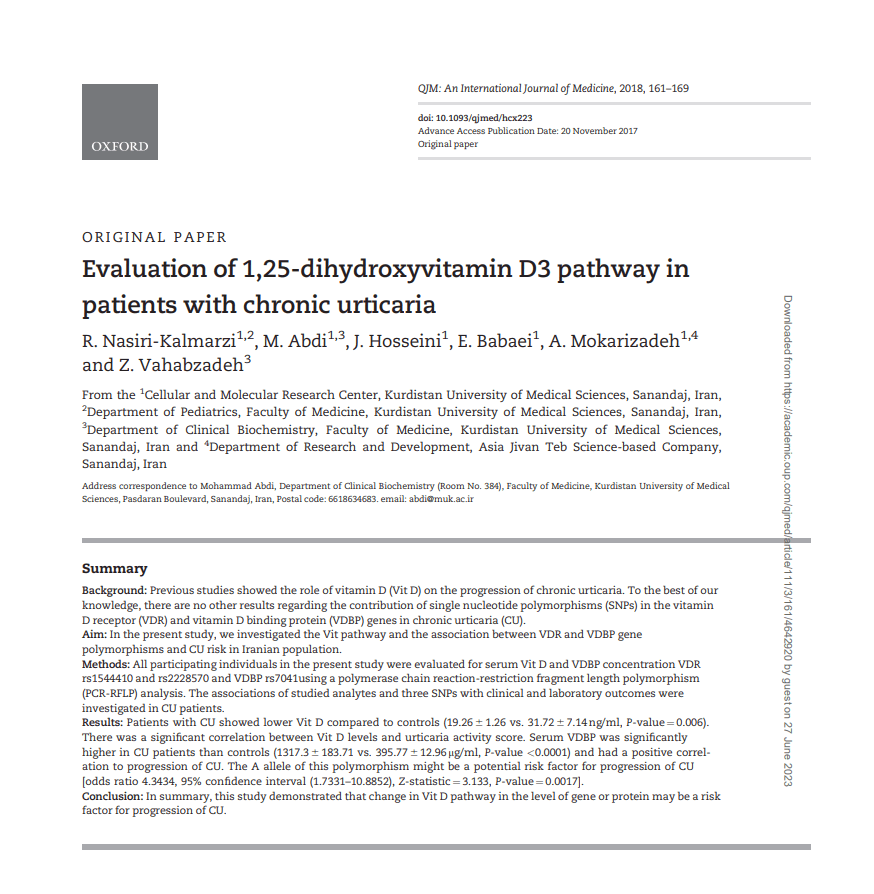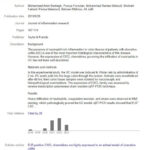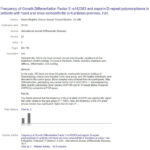Evaluation of 1,25-dihydroxyvitamin D3 pathway in patients with chronic urticaria

OXFORD
QJM: An International Journal of Medicine, 2018, 161-169
doi: 10.1093/qjmed/hcx223
Advance Access Publication Date: 20 November 2017
Original paper
ORIGINAL PAPER
Evaluation of 1,25-dihydroxyvitamin D3 pathway in patients with chronic urticaria
R. Nasiri-Kalmarzi12, M. Abdi13, J. Hosseini1, E. Babaei1, A. Mokarizadeh1,4 and Z. Vahabzadeh3
From the 1Cellular and Molecular Research Center, Kurdistan University of Medical Sciences, Sanandaj, Iran, 2Department of Pediatrics, Faculty of Medicine, Kurdistan University of Medical Sciences, Sanandaj, Iran, 3Department of Clinical Biochemistry, Faculty of Medicine, Kurdistan University of Medical Sciences, Sanandaj, Iran and ‘Department of Research and Development, Asia Jivan Teb Science-based Company, Sanandaj, Iran
Address correspondence to Mohammad Abdi, Department of Clinical Biochemistry (Room No. 384), Faculty of Medicine, Kurdistan University of Medical Sciences, Pasdaran Boulevard, Sanandaj, Iran, Postal code: 6618634683. email: abdi@muk.ac.ir
Downloaded from https://academic.oup.com/qjmed/article/111/3/161/4642920 by guest on 27 June 2023
Summary
Background: Previous studies showed the role of vitamin D (Vit D) on the progression of chronic urticaria. To the best of our knowledge, there are no other results regarding the contribution of single nucleotide polymorphisms (SNPs) in the vitamin D receptor (VDR) and vitamin D binding protein (VDBP) genes in chronic urticaria (CU).
Aim: In the present study, we investigated the Vit pathway and the association between VDR and VDBP gene polymorphisms and CU risk in Iranian population.
Methods: All participating individuals in the present study were evaluated for serum Vit D and VDBP concentration VDR rs1544410 and rs2228570 and VDBP rs7041using a polymerase chain reaction-restriction fragment length polymorphism (PCR-RFLP) analysis. The associations of studied analytes and three SNPs with clinical and laboratory outcomes were investigated in CU patients.
Results: Patients with CU showed lower Vit D compared to controls (19.26 ± 1.26 vs. 31.72±7.14 ng/ml, P-value = 0.006). There was a significant correlation between Vit D levels and urticaria activity score. Serum VDBP was significantly higher in CU patients than controls (1317.3±183.71 vs. 395.77 ± 12.96 μg/ml, P-value <0.0001) and had a positive correl- ation to progression of CU. The A allele of this polymorphism might be a potential risk factor for progression of CU [odds ratio 4.3434, 95% confidence interval (1.7331-10.8852), Z-statistic-3.133, P-value = 0.0017].
Conclusion: In summary, this study demonstrated that change in Vit D pathway in the level of gene or protein may be a risk factor for progression of CU.


